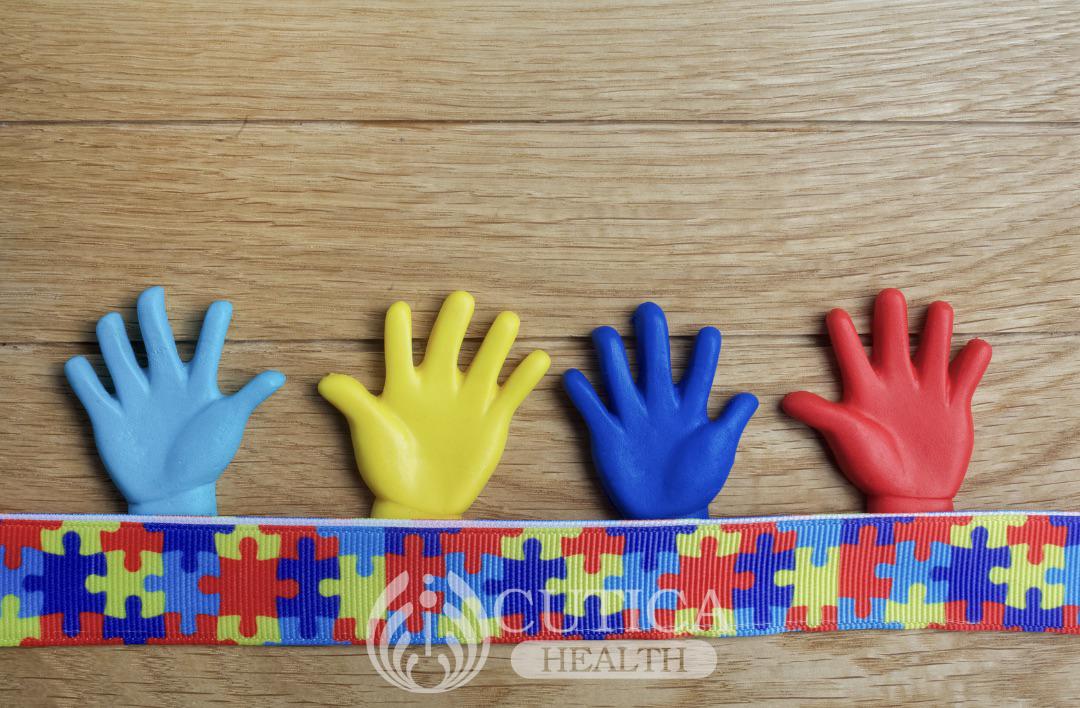
Coming to terms with the fact that your child has autism is never easy. You are probably wondering what step to take next: what to do, how best to do help your child, what therapy or treatment might be best and a thousand other thoughts. Although autism spectrum disorder (ASD) has no cure, neither can it be outgrown, it can be managed effectively to help you lead a happy life.

The first step to this is knowing how to care for your autistic child, here are some steps to get you started:
Get more information
The best way to handle any new situation is by learning about it. Take steps to increase your knowledge about autism and the autistic spectrum. Learn about the symptoms, the associated behaviors, available treatment options, where to find therapists, and care facilities available. The more you know about it, the better equipped you will be to make the right care decisions for your child.
Be observant of your child
While learning about autism on a general note, you have to learn about autism as it relates to your child. Take note of their tantrums and disruptive behaviors; look for what triggers these episodes, what happened before, did they act differently before it happened? Conversely, observe what stimulates a positive response, what makes them happy, what do they consider to be fun, what makes them comfortable, and so on. Children with ASD will often communicate through non-verbal cues such as gestures, sounds, body language, and facial expressions, try to match these cues to their needs at the time.

Specifically, take note of your child’s sensory sensitivities. Autistic children can be very sensitive or under-sensitive to smell, taste, sound, touch, and light. Pay attention to which sensory stimuli produce negative or positive reactions. A good understanding of your child’s behavior will go a long way in their care.
Create consistence
Children who have ASD like routine and may find it difficult to apply coping skills learnt at school or with a therapist to a different setting such as the home. Try to create a consistent environment for the child by using the same techniques used at school/therapy in the home. For instance, if your child communicates through sign language at school, try to encourage it at home. Additionally, be consistent in the way you correct and reinforce their behavior as well as in the way you interact with them.
Maintain a strict schedule
Make sure to plan your child’s activities, therapy, play time, school time and other relevant activities. This schedule should be highly-structured and should not be changed at random. Ensure meals, play, bath, and bedtime are at regular schedules. If any activity is going to disrupt the schedule, let your child know beforehand. Keep changes to a minimum.
Reinforce good behavior
Autistic children tend to be unaware of social rules and the emotions of others; as a result they can act in ways that can be offensive or rude. Help your child learn and maintain good behavior by rewarding them for doing thing right. For instance, they communicated that they were hungry instead of throwing a tantrum; they get a piece of chocolate as a reward.

Conclusion
Knowing the right ways to care for your child can go a long way in effectively managing your autistic child. Make sure to take care of yourself as well, as the care-giving burden can be heavy.












